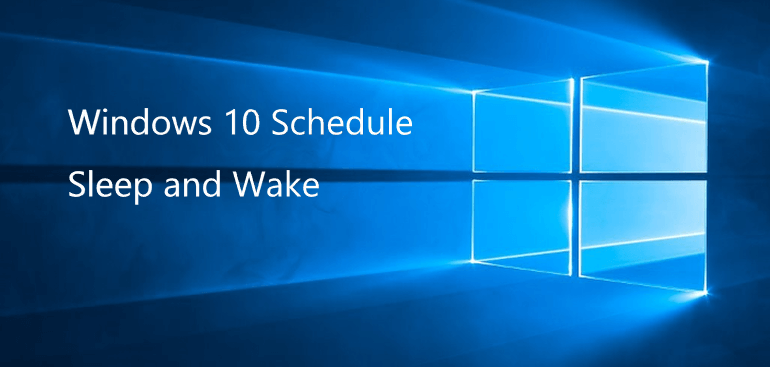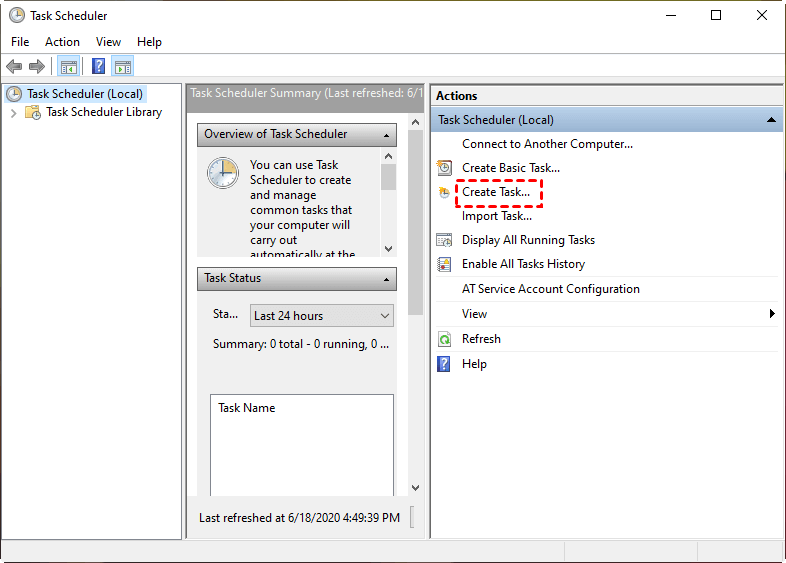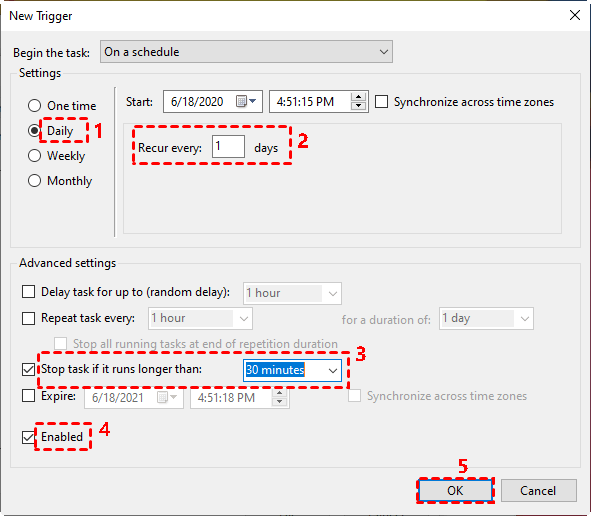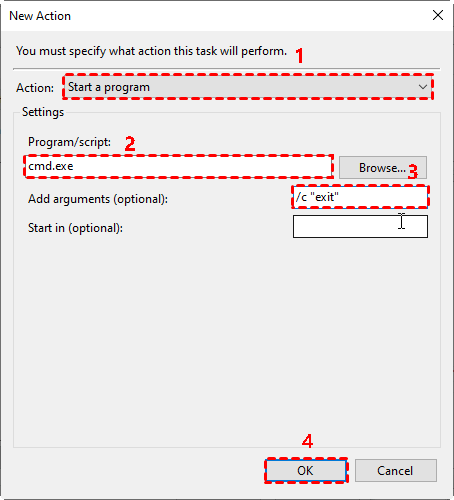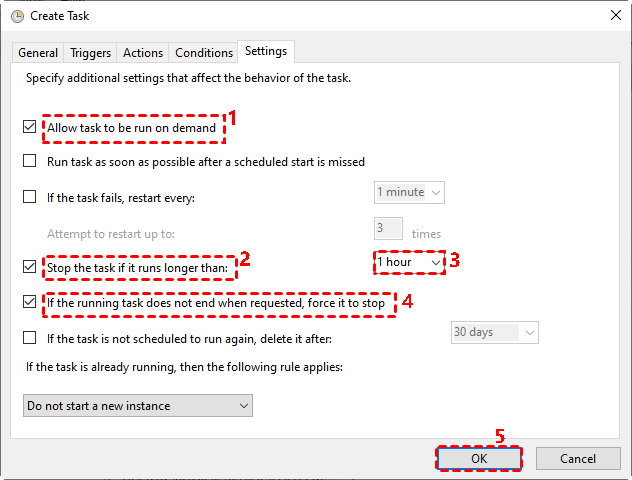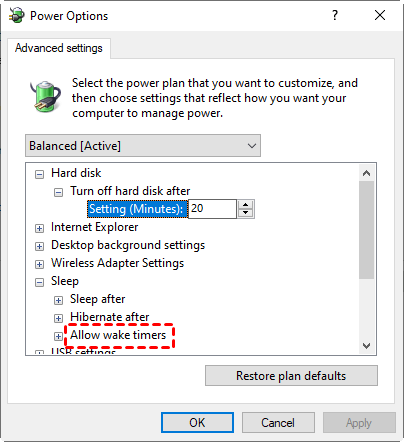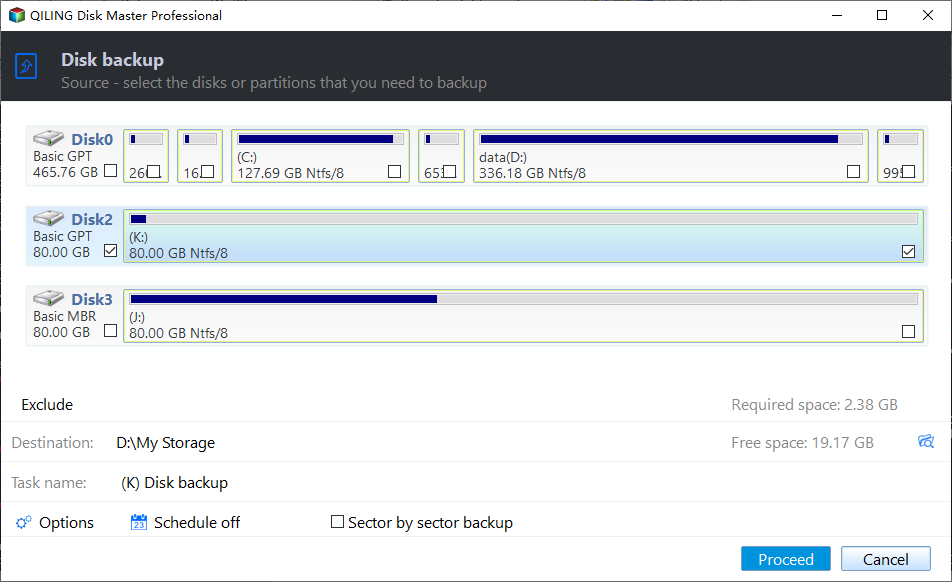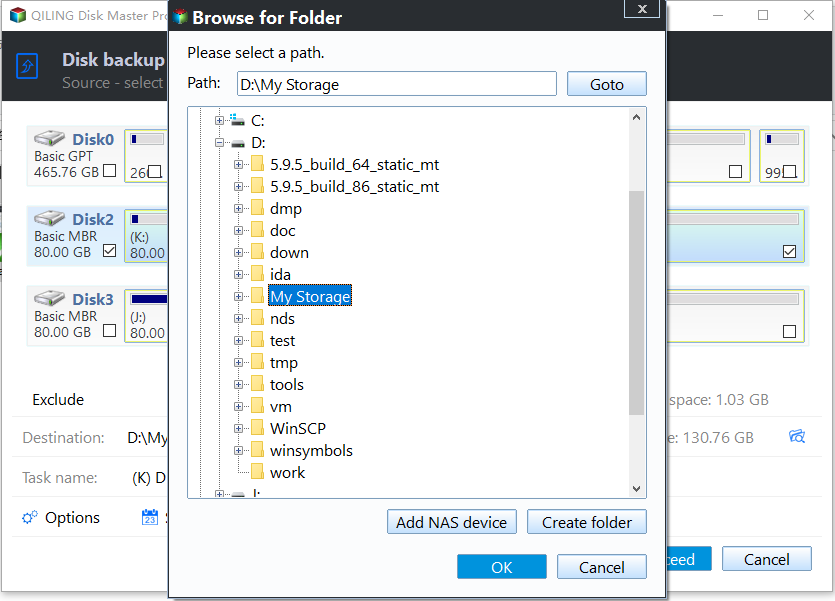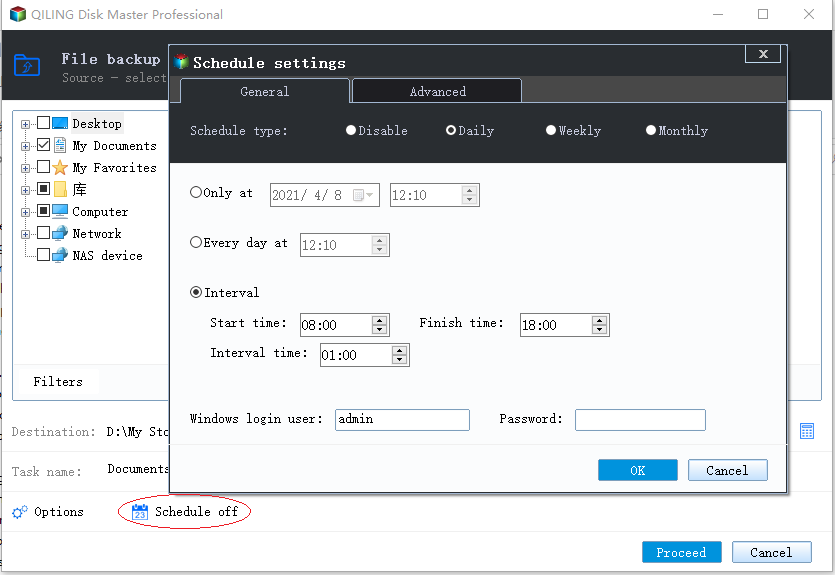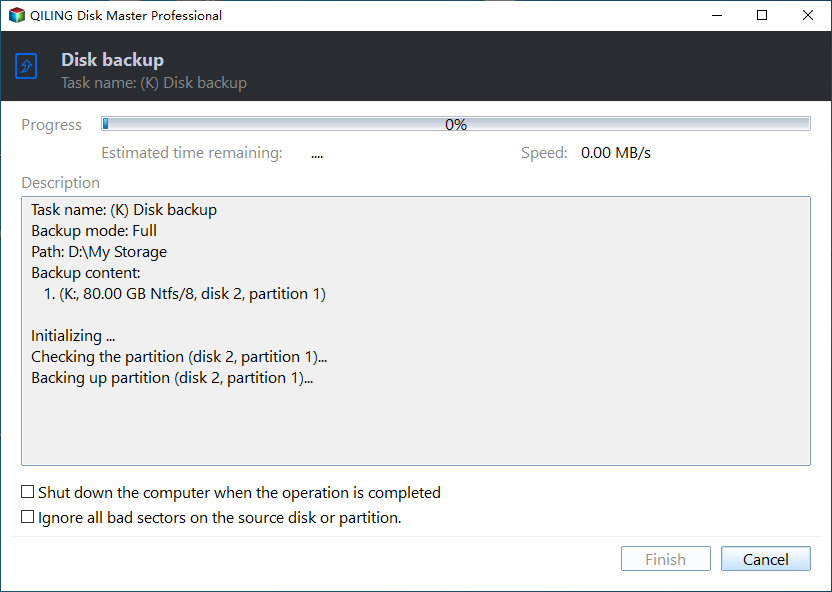How to Schedule Windows 10 Wake from Sleep
Will Windows backup wake up computer?
Are you tired of struggling with the Task Scheduler not waking your computer from sleep mode? You're not alone! Many users face this issue, but fear not, as we have a tested and effective solution to share with you.
Many users face the frustrating issue of the Task Scheduler not waking their computer from sleep mode. To help you resolve this problem, I've written this article to provide a comprehensive guide. In this article, we'll cover the common methods used to solve this issue and highlight two simpler methods that can be effective.
Windows 10 not waking up from sleep – how to run a task
Many users have reported that creating a scheduled task to wake up their computer is not possible. However, some have found that setting the power option to never sleep can be a temporary solution. While this method may seem effective, it's not recommended for several reasons.
Wake up your computer with ease using the "Start a program" feature in Task Scheduler. This powerful tool allows you to execute a script or program, such as cmd.exe, to wake up your computer from sleep mode.
Compared to other methods, using the "Start a program" feature in Task Scheduler can be significantly simpler. This approach eliminates the need to disable hybrid sleep/hibernation and write complex scripts to wake up and sleep your computer.
In addition to using the "Start a program" feature in Task Scheduler, you can also rely on a trusted and reliable backup program like Qiling Disk Master Standard. This program allows you to set a schedule backup task that wakes up your computer to run scheduled tasks.
Windows 10 provides a feature that allows you to schedule your computer to sleep or wake at specific times. This feature can be useful for various purposes, such as conserving energy, running maintenance tasks, or ensuring that your computer is available for specific tasks.
Task Scheduler wake the computer to run this task
Before diving into the specifics of scheduling your computer to sleep or wake, it's essential to understand the basics of Task Scheduler.
Task Scheduler is a built-in Windows feature that allows you to automate tasks, such as running programs, scripts, or batch files, at specific times or intervals. This feature is also known as job scheduling or task scheduling.
Task Scheduler is a powerful tool that allows you to automate tasks on your computer. To use it, you simply need to set the criteria and trigger event for your task.
Now that we've set up the task, let's move on to the next step: waking the computer to run the task. This is an essential part of the process, as it ensures that the task is executed at the scheduled time.
Step 1. Type "task scheduler" in the search box and select it from the list result.
Step 2. Click "Create Task" under the Actions tab. Then, you will see 5 tabs you need to set below.
Step 3. In the General tab, name the task as Wake Up and tick "Run whether user is logged on or not", "Do not store password", "Run with highest privileges", then select Windows 10 next to the Configure for option.
Step 4. In the Triggers tab, click "New" to create task and configure settings.
Select "Daily" under Settings, set recur every day or longer, tick "Stop task if it runs longer than" and choose 30 minutes, then check "Enabled" and click "OK".
Step 5. In the Actions tab, click "New" to create task for auto wake in Windows 10.
Select "Start a program", type cmd.exe under Program/script and /c "exit" next to Add arguments (optional) and click "OK". This operation will close the command immediately while leaving the computer on.
Step 6. In the Conditions tab, tick "Wake the computer to run this task".
Step 7. In the Settings tab, tick "Allows task to be run on demand", "Stop the task if it runs longer than" and set it as 1 hour, "Having trouble with a running task that refuses to end when required? Don't worry, there's a solution.", then click "OK".
Step 8. To ensure this operation will work, you still need to enable wake timer in Windows 10.
Go to "Control Panel" and "Power Options", click "Change plan settings" next to the selected plans, and "Change advanced power settings" in the new window, then navigate to "Sleep" and "Allow wake timers", set both "On battery" and "Plugged in" enabled, click "OK".
This is the entire process to set auto wake in Windows 10, many steps and very troublesome. But I want to tell you that using a script to wake from sleep mode requires more steps. This is why I describe this method instead of script.
If you're looking to create a Task Scheduler sleep event in Windows 10, you'll need to use a script. Unfortunately, there isn't a built-in way to create a Task Scheduler sleep event without writing a script.
To create a sleep task in Windows 10, you'll need to create a batch file (.bat) and schedule it to run at a specific time using Task Scheduler.
Rundll32.exe Powrprof.dll,SetSuspendState Sleep
Easier way to Windows 10 schedule sleep and wake
If you're looking for a hassle-free way to wake up your computer to run scheduled tasks in Windows 10, consider using Qiling Disk Master Standard, a free and user-friendly backup and restore software.
Step 1. Download Qiling Disk Master Standard, install and launch it. Click "Backup" and Select "Disk Backup". To create other backup types, click "System Backup", "Partition Backup", "File Backup", "File Sync" as instead.
Step 2. Click "Disk" to select the disk you want to backup.
Step 3. Click the folder shaped button and select a backup path for your disk. You can backup to external drive, USB, network drive and cloud storage like Google Drive.
Step 4. Click "Schedule" and select one or more settings. Then, tick "Wake the computer to run scheduled tasks" at the bottom.
- Daily/weekly/monthly: This feature enables users to perform automatic backups of their disk, system, partition, or data on a daily, weekly, or monthly basis. By doing so, users can ensure that their newly installed applications and modified data are always protected and up-to-date.
- This feature enables users to perform backups in a highly efficient manner, focusing only on the data that has been added or modified since the last backup. By doing so, users can significantly reduce the time and disk space required for backups, making it an ideal solution for those who want to minimize the impact of backups on their system's performance.
Step 5. Confirm everything is OK and click "Proceed" to move on.
Wrapping things up
If you're already familiar with scheduling sleep and wake times on Windows 10, you might appreciate a more streamlined approach. The second method described is indeed simpler and more convenient. By using a single software, you can complete the entire process of backing up your computer and waking it up, all in one go.
Qiling Disk Master is a robust software that offers a wide range of features to make backup and recovery a seamless process. Some of its key features include:
Related Articles
- Create Schedule Backup in Windows 7, 8, 10 to Automatic Running
- How to Automatically Backup File Using Task Scheduler
- Set Task Schedule Log Off and Backup Windows on Log Off
- How to schedule an Backup Task
